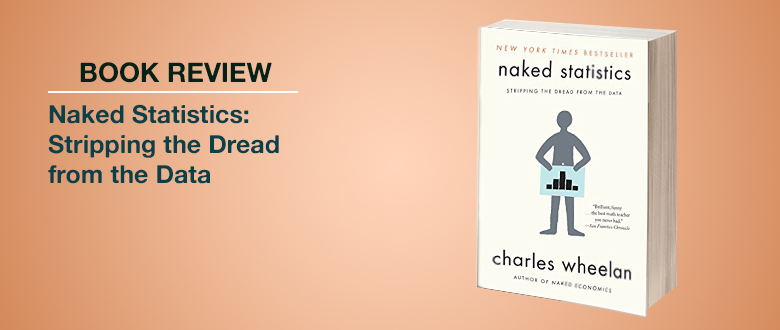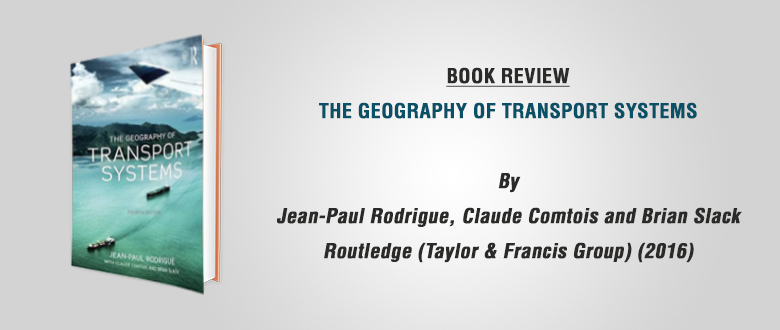Are you afraid of numbers? Does statistics intimidate you? Charles Wheelan, a professor at Dartmouth College and a former U.S. correspondent for The Economist, swimmingly fissures through all the jargon and graphs to demonstrate the fundamental concepts of statistics and their applications and implications in the real world. In his book, he has endeavored to rip off the intricacies of the subject and accentuate the sexy stuff underneath. Through his book, he demystifies several tedious statistical concepts in a simple and accessible way.
Naked Statistics: Stripping the dead from the data is a book I wished to have read prior to taking a course on statistics at my university.It is long on examples and convinces the reader that statistics is really intriguing and most of it isn’t that difficult. This book is all about intuition. It is short on math, equations and graphs, but when you encounter them, they will have a clear and enlightening purpose. This is neither a textbook nor will it make you a statistician. But, it will make you understand the everyday importance of statistics in decision making.
In a bid to explain both the power and pitfalls of statistical analyses, the author draws on a wide variety of examples ranging from sports, to game shows, to politics, to medical science, to banking and financial markets and so on. Such as why marketers of Schlitz beer were willing to subject their brew to a blind taste test among 100 fans of a rival brand in front of a Super Bowl audience. Next, a discussion on the Monty Hall problem: should contestants on Let’s Make a Deal, faced with three doors, one of which hides a car and two that hide goats, opt to change their selection after the host reveals a goat behind one of the two doors they didn’t pick. Wheelan points out the inferences made from statistical data that underpin much of modern life; from movie suggestions delivered by Netflix, to your chances of developing heart disease, to how casinos makemoney in the long run, to how businesses must assess the risks associated with assorted adverse outcomes, to how insurance companies make money, to recognize patterns that refine how we do everything from selling diapers to catching criminals, to evaluate the effectiveness of policies, programs, drugs, medical procedures and other innovations. They are also easily misunderstood, manipulated or, in rare cases, blatantly wrong.
The absence of hard math is Wheelan’s key motive: statistics should be accessible and intuitive, not just for those who were forced to study it but for anyone interested in the extraordinary power of numbers and data. Consequently, the book starts from the most basic descriptive statistics, like averages, before tackling more daunting theories. The concept of standard error, for instance, might seem frightening: it’s the standard deviation of the sample means. Following which, the reader progresses into the central-limit theorem, which states that for large sample sizes, sample means follow a normal distribution. In doing so, they should not differ remarkably from the overall population or other samples. So what’s the point in that? Wheelan explains it in terms of looking for a missing bus of marathon runners (who are likely to weigh less than the average) and finding one filled with overweight people (who are heading to a sausage festival). Though one or two weighty runners might be on a bus which is going to a marathon, it is unlikely that every seat would be occupied by a plump person. The central-limit theorem enables the riders quantify the prediction that they may have found the wrong bus.And so it leads on. The readers learnthat why insurance for low-cost items is worthless and why playing the lottery is a quick way to become poor. More seriously, the book explains the basic statistical approaches used in a 2011 study showing a link between a child’s brain size and autism. It also teems with interesting statistical facts, such as – there may have been an extra 1,000 deaths in the three months following September 11, 2001 because more people opted to drive rather than fly.
In conclusion, Wheelan persuades the readers of the cognizance first made by a Swedish mathematician and writer AndrejsDunkels: It’s easy to lie with statistics, but it’s hard to tell the truth without them. Given the increasing importance of this field in our everyday lives, odds are it’s worth the extra effort. Wheelan has successfully executed a barrage on the dread of statistics while engaging readers with his humorous conversational style of writing.




